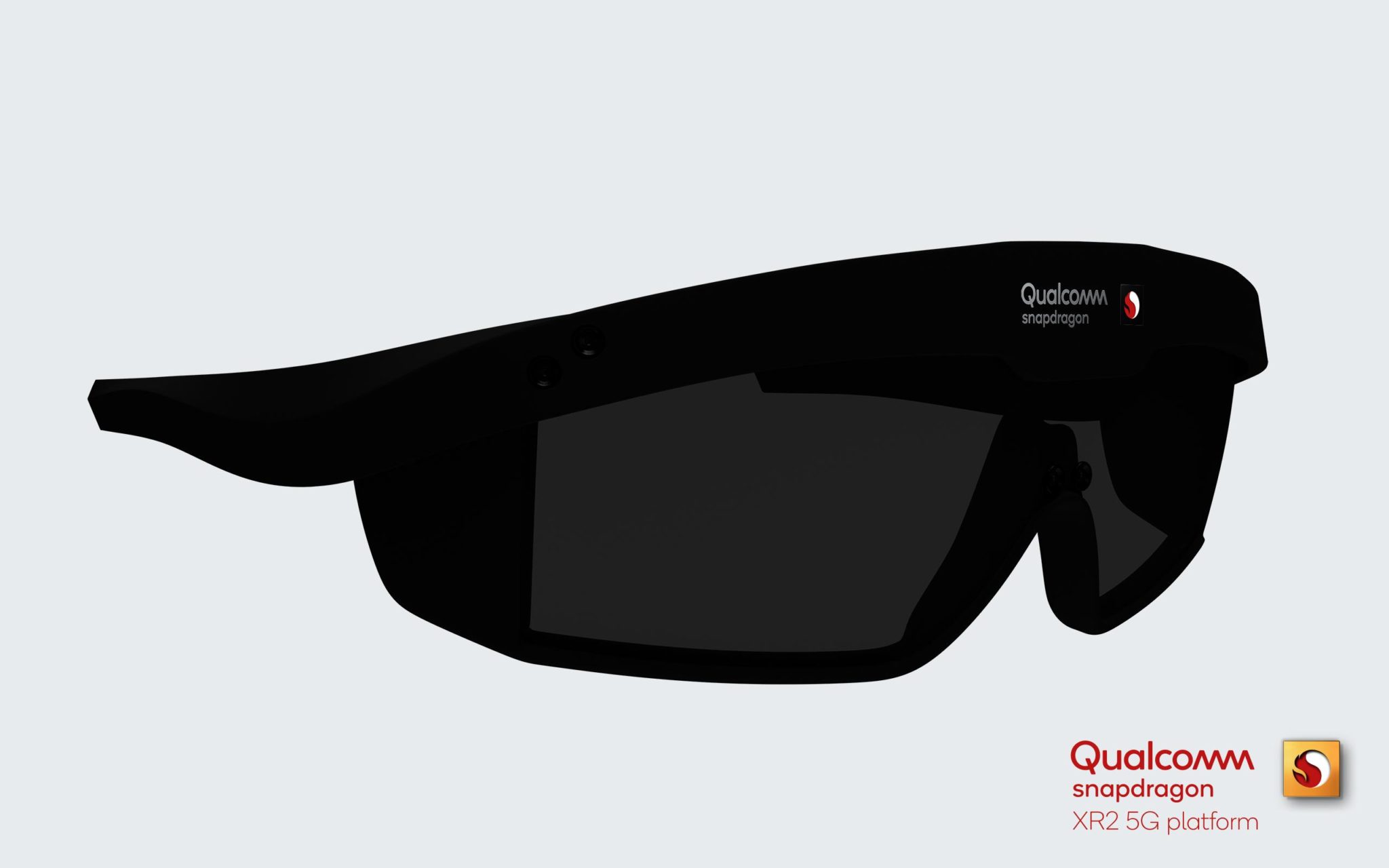
In Augmented Reality, Virtual Reality and Mixed Reality News
December 5, 2019 – Qualcomm Technologies, Inc. has today announced the Qualcomm Snapdragon XR2 Platform – the company’s 5G-supported extended reality (XR) platform. It unites Qualcomm’s 5G and AI innovations with the company’s XR technology, which the company anticipates will help to usher in a new era of mobile computing. Qualcomm states that its new XR2 platform unveils custom features and boasts multiple firsts that can be scaled across augmented reality (AR), virtual reality (VR) and mixed reality (MR).
Compared to Qualcomm’s current XR platform, the Snapdragon XR2 Platform comes with significant performance improvements, which the company states deliver 2x the CPU and GPU performance, 4x more video bandwidth, 6x higher resolution and 11x AI improvement. Furthermore, Qualcomm states that the Snapdragon XR2 Platform is able to support seven (7) concurrent cameras and a dedicated computer vision processor.
Additionally, the platform enables low latency camera pass-through to unlock true MR, which allow users to see, interact and create a hybrid of the virtual and real world while wearing a VR device. To meet the demands of truly immersive XR, the platform has customized visuals, interactivity and audio technologies, all of which utilize the foundational technology of AI and option of 5G connectivity.
- Visuals: The Snapdragon XR2 Platform takes a leap in core GPU processing by supporting 1.5x the pixel rate and 3x the texel rate for efficient, high graphics rendering. XR specific features like foveated rendering with eye tracking and enhanced variable rate shading for smoother refresh rates help render heavy workloads, while maintaining low power consumption, according to the company. The Snapdragon XR2 display panel offers up to 3K by 3K resolution per eye at 90 frames per second (fps) and is able to support 8K 360 degree videos at 60 fps for photorealistic visuals in streaming and local playback. The company states that custom silicon was developed for unique AR displays to help reduce overall system latencies to maintain immersive AR experiences.
- Interactivity: The Snapdragon XR2 introduces support for seven (7) concurrent cameras and a custom computer vision processor, which enable accurate real-time tracking of the head, lips and eyes together with 26-point skeletal hand tracking. Computer vision provides highly efficient scene understanding and 3D reconstruction.
- Audio: The Snapdragon XR2 Platform offers audio layers in 3D spatial sound, while providing clear voice interactions to deepen immersion. The platform has a custom built always-on, low power Qualcomm Hexagon DSP to support hardware accelerated features like voice activation and context detection to help keep users immersed in the digital world, while still being able to hear in the real world.
- AI & 5G: Multiple Snapdragon XR2 features have been improved using AI, including visuals, interactivity and audio. The Snapdragon XR2 Platform will support 5G connectivity, which help to enable more innovative XR experiences that require low latency and ultra-fast data speeds.
It is the 5G support that makes this platform potentially game-changing. Qualcomm has been working on driving this technology across mobile computing, including XR. With a 5G enabled platform, users will be able to experience untethered XR as a result of split processing between a device and edge cloud to present photorealistic and high-quality experiences.
Qualcomm stated that: “Multiple OEMs are committed to commercializing devices with the Snapdragon XR2 Platform and other customers are in various stages of prototyping and evaluation. Today marks a significant milestone for the entire XR industry and we are excited to continue our efforts to transform how the world connects and communicates using XR.” The company added that its Snapdragon XR2 Platform “delivers innovation that the new digital era requires.”
Image credit: Qualcomm
About the author
Sam is the Founder and Managing Editor of Auganix. With a background in research and report writing, he has been covering XR industry news for the past seven years.




